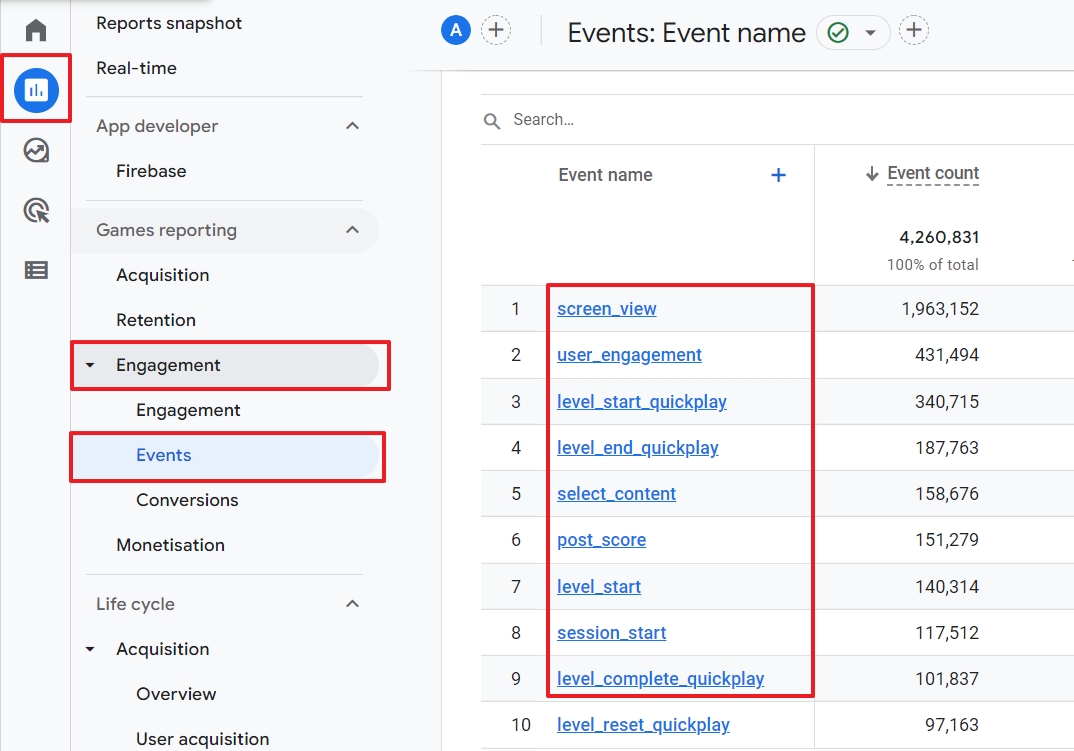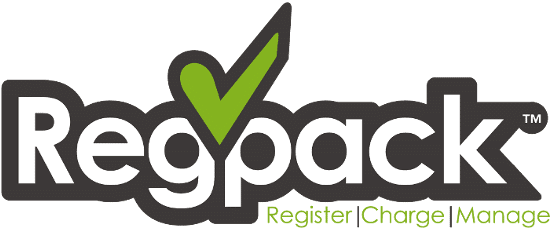Imagine you’ve designed an engaging online form for your latest event, and you anxiously await the influx of responses. But you notice a disturbing trend: a significant number of website visitors initiate the form-filling process, only to abandon it midway. Welcome to the world of form abandonment, a prevalent challenge faced by businesses all over the digital sphere.
Form abandonment essentially refers to a phenomenon when users start filling out a form on a website but exit without completing the form submission. This pattern drastically impacts businesses as it leads to a lower conversion rate and ultimately, a considerable loss in potential revenue.
It makes your painstakingly crafted WordPress website, and all the marketing efforts behind it, somewhat in vain. Therefore, tracking and reducing form abandonment is critical to improving user engagement and conversion, and that’s where form abandonment tracking steps in.
Regpack, an industry leader in online registration and payment management software, is well-versed in the challenges that form abandonment presents. As an organization with a broad clientele ranging from managing events to regulating online courses, Regpack is armed with the requisite tools to tackle the issue with solutions tailored to the specific needs of businesses. Our dedication to form management, powerful analytic tools, and attention to user experience makes us a reliable guide in navigating the complexities of form abandonment.
In the subsequent sections of this blog, we’ll dive deep into the concept of form abandonment: why it happens, how it can be tracked, and crucial strategies to reduce it. With Regpack’s knowledge and expertise in the field, we aim to empower businesses to curb form abandonment effectively and maximize their conversion results.
Stay with us, as we initiate the exploration of the subject matter, and help you tap into the world of form analytics and Google Analytics, which will aid you in getting a handle on form abandonment and significantly enhancing your online user engagement ratio.
Understanding Form Abandonment
There may be numerous complex roots for the mischievous tree of form abandonment, each intertwining with the other. However, all these causes point towards a central theme – a less-than-perfect user experience.
Every website visitor is different, while some may abandon a form due to its length, others may bail due to privacy or security concerns. There could be issues with the website layout, form field clarity, or even technical glitches leading to forms not loading correctly for mobile users. The functionality of the submit button could be flawed, or the web form design might not be visually appealing. In some cases, excessive form entries or a complicated partial entry process may frustrate and overwhelm the user, inducing them to abandon the form.
To reduce form abandonment, businesses must see through the eyes of their users. They must counter these challenges head-on by offering straightforward, intuitive, and visually pleasing form designs. But to effectively address the issue, tracking abandoned forms and understanding user behavior becomes an essential strategic step.
This is where Google Analytics comes into play. Google Analytics is a widely adopted tool by businesses looking for detailed insights regarding user behavior on their website. By using Google Analytics, you can track and assess various elements related to form abandonment, such as which pages or steps in the form your visitor tends to leave from, their interaction before leaving, and so on. Understanding these patterns can provide you with significant pointers on where you need to adjust your form for a better conversion rate.
To track form abandonment, we need to calculate the form abandonment rate. This number is often represented by a percentage and is calculated by dividing the number of forms that were initiated but not completed by the total number of interactions with the form. A high form abandonment rate is a clear signal for businesses to rectify the underlying issues causing this trend.
While an optimal form abandonment rate can differ based on the nature of your business and industry, generally, a lower form abandonment rate is desirable. This closer look into form abandonment will help you pinpoint problem areas and take informed actions rather than resort to guesswork or general best practices.
In the following section, we will delve into how businesses can implement form abandonment tracking via Google Tag Manager and Google Analytics plugins to acquire these insights. Stay tuned!
Implementing Form Abandonment Tracking

source: Data Driven U
Armed with the knowledge of understanding the nuances of form abandonment and its impact on your conversion rate, we are now ready to tread the path of action. To state it up front, form abandonment tracking is not as daunting as you might think, especially with powerful tools like Google Tag Manager and Google Analytics Plugin at your disposal. These tools, combined with a fundamental understanding of form field elements and custom HTML tags, can serve as your trusted lieutenants in form tracking.
Beginning the process of form abandonment tracking involves installing Google Tag Manager (GTM) on your WordPress website. This tool facilitates the addition and update of tags and code snippets on your website swiftly, without modifying the website code extensively. Once GTM has been installed, you can proceed to create new triggers centered around user interactions with your online form.
Here, the key is to set up different triggers for every stage of form interaction, starting from loading the form page to clicking on the ‘submit’ button. Each form field can be tracked individually, capturing the exact point of user drop-off.
This granulated tracking can offer tremendous insights into which fields in your form are causing friction for users and leading to abandonment. For example, you may find that users are abandoning forms at the stage of entering their credit card information, indicating potential security concerns or clarity issues with the field label.
Every trigger you set should send an event to Google Analytics, facilitated by the Google Analytics Plugin. These events can be logged under categories such as ‘Form Engagement’, ‘Form Abandonment’, and ‘Form Submission’, among others. Events could be users loading the form, partially filling the form, or successfully completing the form submission.
Moreover, by using custom HTML tags, you can further customize how you record and categorize the form data on Google Analytics. This level of customization is particularly helpful if you have multiple forms on your website and want to track them individually.
Overall, implementing form abandonment tracking might require an initial investment of time and resources, but trust us, the insights and crucial information it delivers are worth every bit of it.
Analyzing and Reducing Form Abandonment

As you embark on your road to form optimization, remember, abundant form data without adequate interpretation and action is just as good as no data. Hence, analyzing your form abandonment data is the crucial next step. With Google Analytics, you can meticulously examine this data through form analytics, and understand where your users are facing issues and which aspect of your form needs improvement.
True form optimization doesn’t occur overnight, and it certainly isn’t about making random changes.
You need to adopt a structured, data-driven approach. One of the best strategies that businesses employ is A/B testing, also known as ‘b testing’. A/B testing involves making small changes to form elements, such as changing a field’s name, modifying the layout, or adjusting the submit button’s color.
You then monitor how these changes affect user behavior and form abandonment rates. Based on the results gathered, you can fine-tune your form for better performance and a reduced abandonment rate.
Further enhancing the user experience also plays a pivotal role in lowering the form abandonment rate.
Fostering a hassle-free user experience comes from ensuring that web form designs are clean, intuitive, and concise. High-resolution images, a coherent color scheme, and easy-to-read fonts can make your form visually pleasing and more likely to be filled in by site visitors.
Session replay is another excellent tool for understanding user behavior. It is essentially a playback of the sequence of pages a user visited in a session on your website, allowing you to identify roadblocks that may have caused form abandonment.
Let’s not forget mobile users, either. Often, businesses overlook that a sizable proportion of their visitors may be filling out forms via their smartphones.
Ensuring your form functions smoothly and looks appealing on mobile could significantly improve your form completion rates.
But what happens when despite everything, users still abandon your form? It’s an ideal opportunity to implement strategies that retain these visitors, such as the exit-intent popup or a strategically timed email reminding them of their incomplete form.
In the grand scheme of improving conversion rates, addressing form abandonment is a giant leap in boosting your marketing efforts.
Regpack’s Solutions to Form Abandonment

As experts in the realm of online registration and payment management, here at Regpack, we recognize the profound effect form abandonment has on your conversion rates and overall business success.
We’ve crafted innovative solutions, powered by comprehensive data insight and robust security, to assist and guide you on your journey to reducing form abandonment.
One critical way we aid businesses is by providing a suite of tools for effective form management. By strategically placing event categories in each form stage, Regpack lets you gain granular insights into where the form abandonment occurs.
These insights reveal problematic areas in your form, allowing you to make data-driven decisions and implement changes accordingly.
Our form entries are adaptable and built to handle the complexity of any business model. They offer user-friendly experiences and reduce the potential overwhelming factor that can contribute to high form abandonment rates.
Regpack ensures optimum security by incorporating SSL certificates throughout the platforms. Addressing user security concerns can significantly enhance user trust and increase the likelihood of form completion.
The versatility of the platform extends to a customizable WordPress dashboard, enabling businesses to manage and monitor their form data effectively. The dashboard offers a remarkable ease-of-use experience, providing access to the most crucial summary data at a glance while also allowing a granular view when needed.
As a cherry on top, we have added conditional logic features in our form fields. This feature allows for an intuitive flow of questions based on previous answers, reducing the overall form length and complexity, and leading to an improved user experience.
The battle against form abandonment is an ongoing process and requires continuous optimization efforts. But with Regpack at your side, you’ll be well-equipped to handle and overcome the challenges it presents.
Form abandonment doesn’t have to be a stumbling block; it can also be an action call to improve. Regpack is committed to supporting businesses in reducing form abandonment, bolstering user experience, and ultimately, enhancing conversion rates. Winning against form abandonment becomes a lot more conceivable once you leverage the power of deep insights, the right tools, and a committed partner like Regpack.


















